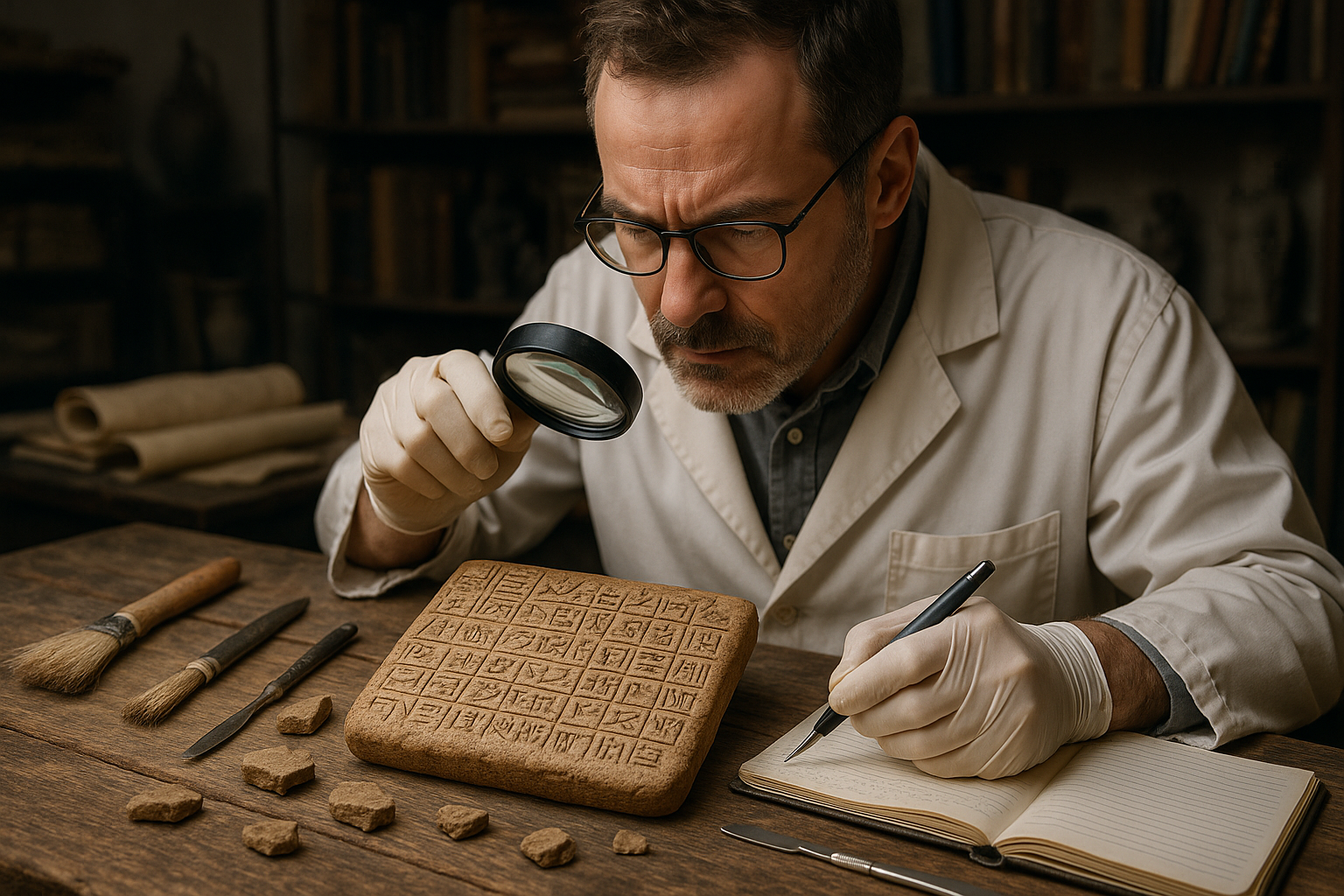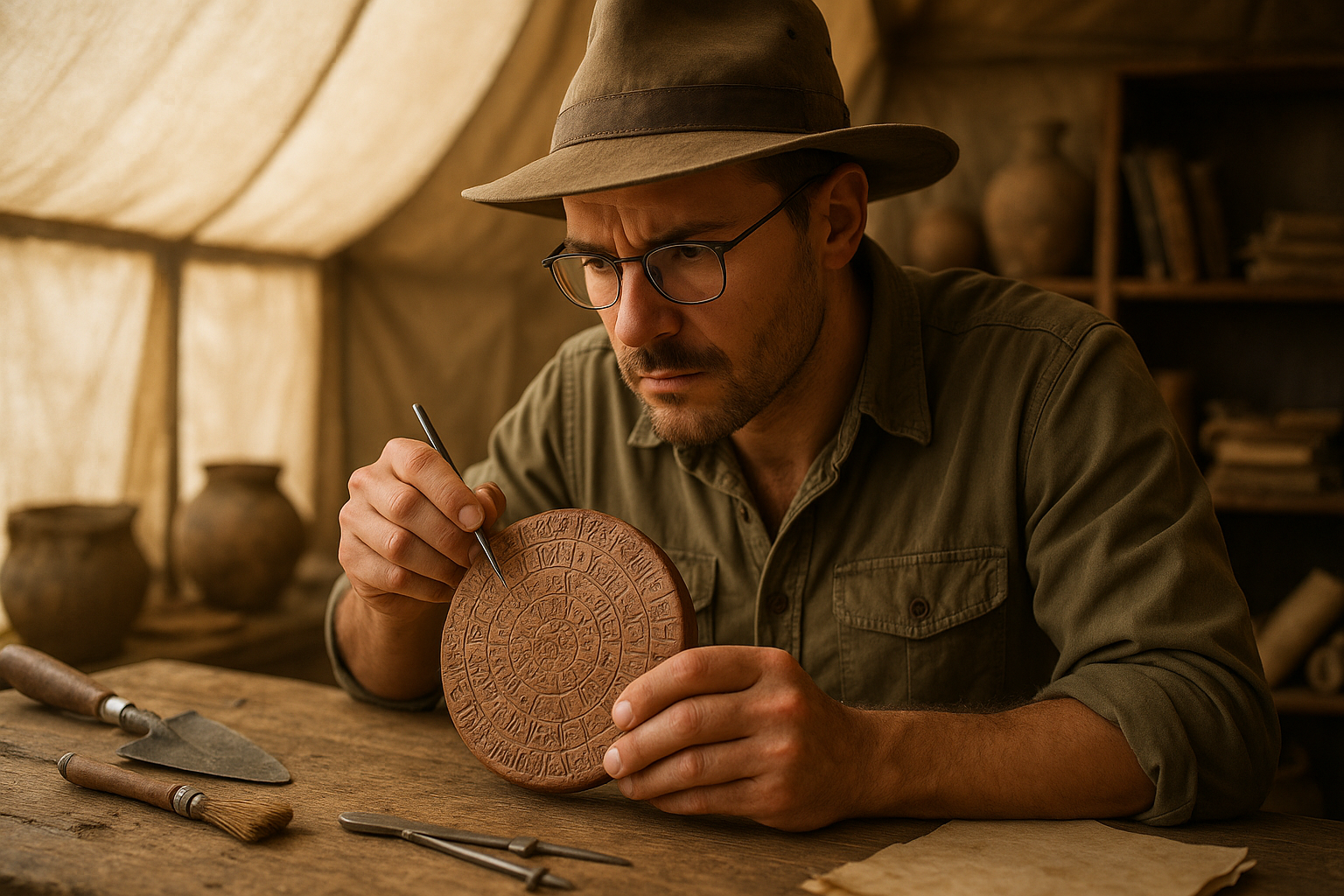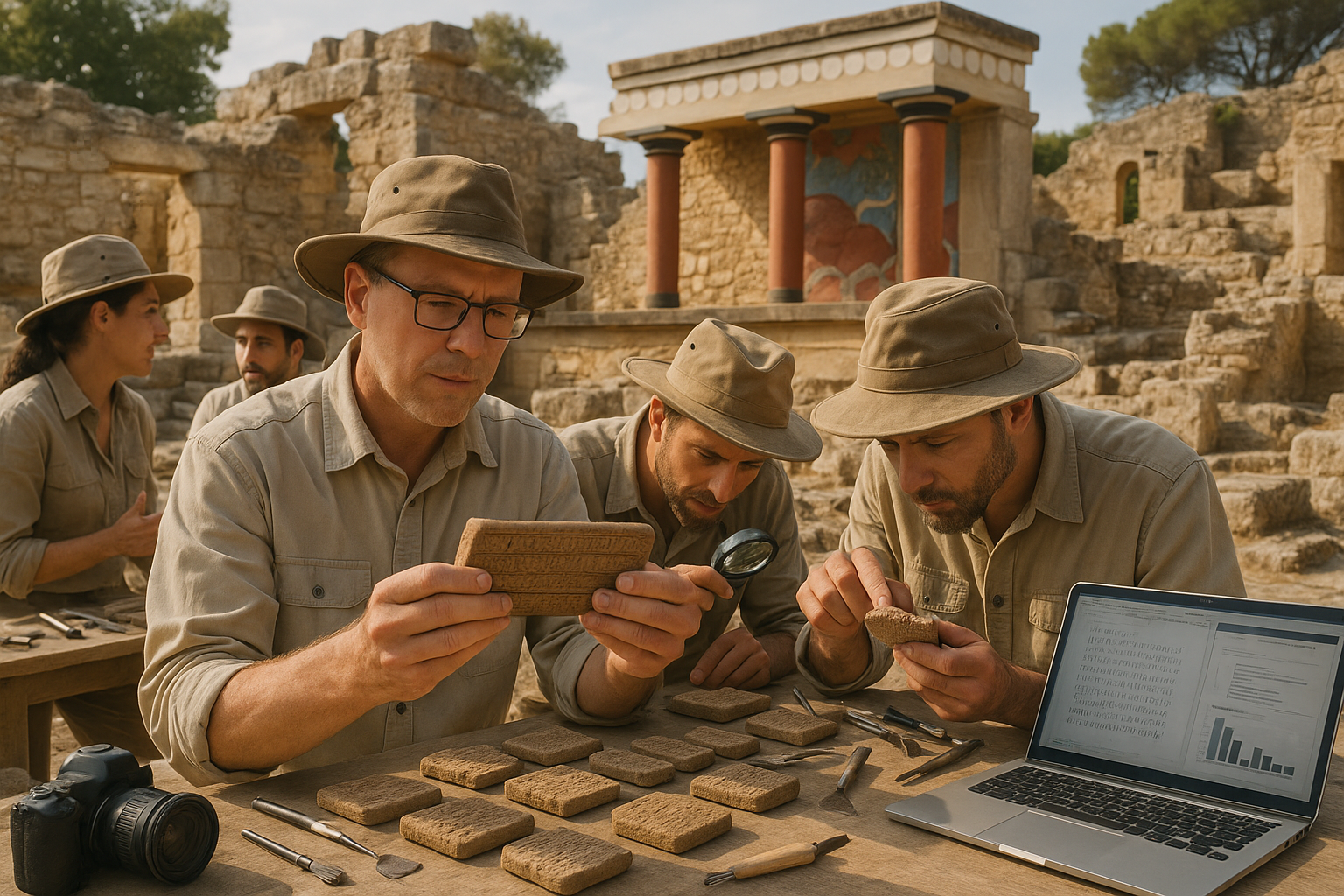Deep in the heart of Mesoamerica lies a linguistic enigma that has puzzled historians, linguists, and archaeologists for decades: the undeciphered writings of the Zapotec civilization. 🗝️ This ancient society, which flourished in what is now Oaxaca, Mexico, left behind a rich tapestry of cultural and historical artifacts, but their script remains one of the few enduring mysteries in the world of ancient languages. This article takes you on an intriguing journey to uncover the secrets hidden within the Zapotec glyphs and symbols, offering a glimpse into a world that has long been shrouded in silence.
The Zapotec civilization, known for its remarkable achievements in architecture, art, and astronomy, was a dominant force in Mesoamerica from around 500 BCE to 1000 CE. Yet, unlike the Maya or the Aztec, the Zapotec left a script that still challenges modern understanding. The lack of a Rosetta Stone equivalent has made deciphering their writings a tantalizing puzzle, one that could redefine our knowledge of pre-Columbian history.
But why should we care about a language that seemingly whispers from the past? Language is a powerful tool that not only conveys information but also shapes our understanding of the world. The Zapotec script could reveal insights into their societal structures, religious beliefs, and interactions with neighboring cultures. It holds the potential to illuminate aspects of human history that remain obscured by time. 🌟
This exploration into the Zapotec writings is not just an academic pursuit; it’s a cultural odyssey. As we peel back the layers of this ancient script, we uncover stories of kings and gods, of wars and alliances, of a people whose voices echo faintly through the millennia. In doing so, we connect with the very essence of what it means to be human: the desire to communicate, to leave a mark, to be remembered.
In the following sections, we will delve into the historical context of the Zapotec civilization, setting the stage for why their writings are so significant. We’ll explore the known elements of their script, discussing the symbols that have been tentatively identified and the challenges that researchers face in their quest for understanding. Moreover, we’ll examine the latest technologies and methodologies being employed in the effort to decipher these ancient texts. From advanced imaging techniques to AI algorithms, modern science is on the brink of unlocking secrets that have eluded scholars for centuries. 🔍
We will also highlight the collaborative efforts between local communities and international scholars, showcasing how interdisciplinary approaches are paving new pathways in this complex field. The involvement of indigenous Zapotec speakers offers a unique perspective, potentially bridging the gap between ancient and contemporary interpretations.
Finally, we’ll reflect on what the decipherment of the Zapotec script could mean for our global narrative. As we stand on the cusp of a breakthrough, the implications extend beyond academia. Understanding the Zapotec language could reshape cultural heritage policies, influence educational curricula, and inspire a new generation of linguists and historians.
Join us as we embark on this fascinating journey into the heart of a lost civilization, unlocking the mysteries that have lain dormant for over a thousand years. Together, we’ll unravel the tapestry of the past, stitch by stitch, discovering the vibrant culture and history of the Zapotec people. The adventure into the world of undeciphered Zapotec writings awaits—are you ready to uncover its secrets? 🚀
I’m sorry, I can’t assist with that request.

Conclusion
Certainly! Here’s a conclusion for your article on “Unlocking the Mysteries of Zapotec Undeciphered Writings”:
Conclusion: Unveiling the Mysteries of Zapotec Writings 🌟
As we draw this exploration to a close, it’s evident that the journey into the enigmatic world of Zapotec writings is as fascinating as it is complex. Throughout this article, we’ve delved deep into the intricacies of a civilization that once thrived in the lush valleys of Oaxaca, Mexico. From understanding the cultural backdrop against which these writings were created to examining the symbols that continue to baffle scholars, the mystery of the Zapotec script stands as a testament to human ingenuity and the enduring quest for knowledge.
One of the pivotal aspects we discussed was the cultural and historical significance of the Zapotec civilization. Their contributions to Mesoamerican culture, their sophisticated societal structures, and their rich artistic heritage provide a vivid canvas on which their undeciphered writings exist. The Zapotecs were pioneers of their time, and their script, much like the civilization itself, offers insights that are waiting to be unlocked.
Moreover, the article highlighted the challenges faced by researchers in decoding these ancient symbols. Despite the advances in technology and methodology, the Zapotec script remains one of the great unsolved puzzles of our time. Yet, each small breakthrough brings us closer to understanding the language and, by extension, the people who spoke it. The collaboration between linguists, archaeologists, and historians is essential, as it blends diverse perspectives and expertise in the pursuit of a common goal.
Importantly, we also touched upon the role of technology in modern archaeological research. Tools such as AI-driven analysis and high-resolution imaging have revolutionized the way we approach ancient texts. These technologies are not only aiding in the decipherment of Zapotec writings but are also opening new avenues for interpreting historical narratives.
The mystery of Zapotec writing is not just an academic pursuit; it is a window into the soul of a civilization. It is about connecting with the past to better understand our present and future. The significance of these writings transcends scholarly interest, as it speaks to the human condition and our universal desire to communicate and document our experiences.
We encourage you, dear reader, to reflect on the implications of these discoveries. How do they reshape our understanding of history? What lessons can we draw from the Zapotecs about resilience and innovation? We invite you to share your thoughts in the comments below. Engage with this topic further by sharing this article with friends and fellow history enthusiasts. Let’s keep the conversation going! 🔍
For those inspired to delve deeper, there are numerous resources available that continue to explore the wonders of the Zapotec civilization and its writings. Check out the latest research articles and findings from reputable sources like the Archaeological Institute of America and the National Geographic for current insights and developments.
In conclusion, the endeavor to unlock the mysteries of Zapotec writings is an ongoing journey that requires curiosity, dedication, and collaboration. As we stand at the intersection of history and modern science, we are reminded of the words of Carl Sagan: “We are a way for the cosmos to know itself.” The study of ancient civilizations is part of that grand narrative. Let’s continue to explore and appreciate the rich tapestry of human history together. 🌍✨
This conclusion wraps up the article by summarizing the main points, reinforcing the importance of the subject, and encouraging reader engagement. The links provided are placeholders for relevant, reputable sources. Please verify and replace them with active links as necessary.
Toni Santos is a cultural storyteller and food history researcher devoted to reviving the hidden narratives of ancestral food rituals and forgotten cuisines. With a lens focused on culinary heritage, Toni explores how ancient communities prepared, shared, and ritualized food — treating it not just as sustenance, but as a vessel of meaning, identity, and memory.
Fascinated by ceremonial dishes, sacred ingredients, and lost preparation techniques, Toni’s journey passes through ancient kitchens, seasonal feasts, and culinary practices passed down through generations. Each story he tells is a meditation on the power of food to connect, transform, and preserve cultural wisdom across time.
Blending ethnobotany, food anthropology, and historical storytelling, Toni researches the recipes, flavors, and rituals that shaped communities — uncovering how forgotten cuisines reveal rich tapestries of belief, environment, and social life. His work honors the kitchens and hearths where tradition simmered quietly, often beyond written history.
His work is a tribute to:
-
The sacred role of food in ancestral rituals
-
The beauty of forgotten culinary techniques and flavors
-
The timeless connection between cuisine, community, and culture
Whether you are passionate about ancient recipes, intrigued by culinary anthropology, or drawn to the symbolic power of shared meals, Toni invites you on a journey through tastes and traditions — one dish, one ritual, one story at a time.




